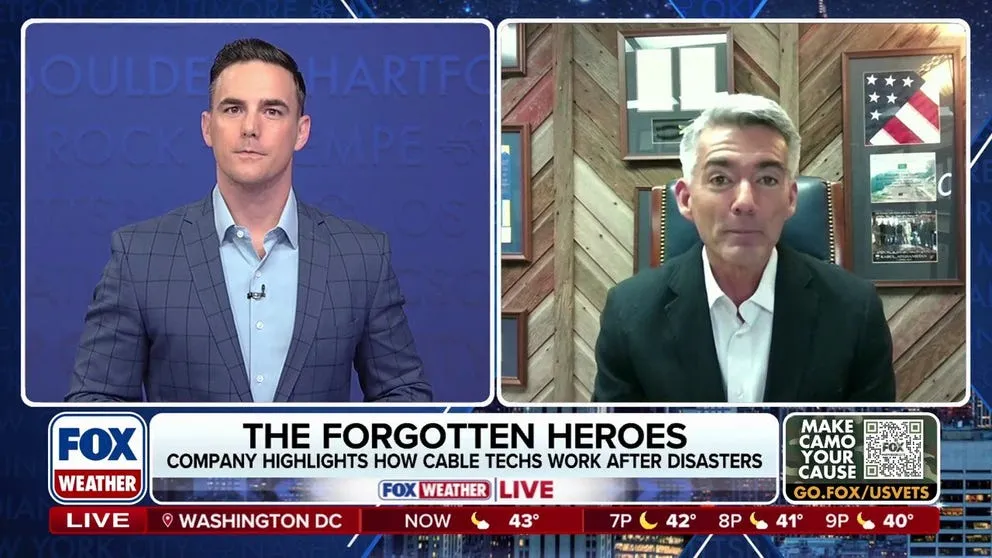Last month, thought leaders, technologists, and policymakers from around the world converged in Barcelona for the annual Mobile World Congress (MWC), an event that sets the tone for the coming year’s developments in mobile connectivity.
Trends from MWC2024
With all the activity in the mobile marketplace, here are a few themes that dominated this year’s MWC.
The rise of private networks
With connectivity at the core of daily life, there’s a growing desire to bring the latest networking innovations to enterprise use cases, regardless of size or location.
- While private 5G has taken some time to get off the ground, new developments hint at a strong year to come for the technology.
- Citizens Broadband Radio Service (CBRS), a shared-license spectrum band, is playing an important role in enabling private networks and supporting many other use cases.
- The growth of private network technologies requires more shared-use spectrum, similar to CBRS, coming online.
- Wi-Fi 6E and Wi-Fi 7, the latest generations of the technology, were on display at MWC, with a growing number of vendors using the advancements to power their show demos.
- Wi-Fi 6E and 7 can utilize the recently opened 6 GHz band, expanding Wi-Fi’s capabilities.
- Cable broadband operators have a track record of deploying private networks, such as Cox’s partnership with the city of Las Vegas where it uses private networks to power park usage and vehicle traffic, or Comcast’s recent private 5G and 4G deployment at the PGA Players Championship.
- Other technologies like enterprise Wi-Fi and the Internet of Things remain key, as the appetite grows for private networks in places like corporate campuses, warehouses, or even ships.
Open RAN opens markets
A topic central to mobile network engineering, the future of Open Radio Access Networks (ORAN or Open RAN), was also a hot topic.
- ORAN refers to new developments in mobile networking that would allow for more competition and innovation, as data processing that once required complex hardware can now happen virtually through software as a service (SaaS).
- The further development of ORAN could allow U.S. industry to break into a market currently dominated by a small handful of foreign companies, easing national security concerns with less reliance on foreign manufacturing.
- The transition to ORAN would be a boon to global wireless harmonization, with equipment manufacturers, network operators, and SaaS providers operating on the same standard, opening new markets.
- Developments that come with ORAN reflect the convergence between fixed and mobile networks, which benefits the expanding connectivity landscape and has the power to drive innovation.
AI is changing everything
Unsurprisingly, artificial intelligence dominated conversations and panels.
- Many speculated on how the revolutionary technology will foster better network operations, streamline device manufacturing at factories, or offer new customer experiences powered by large language models and Generative AI.
- While the future of AI remains unclear, there is an understanding that the technology will have major impacts on the industry.
Cable’s mobile success story
In recent years, cable broadband providers Charter, Comcast, and Cox have unveiled mobile service offerings.
- Cost-saving mobile plans have proven to be a hit with consumers, with Charter and Comcast growing to become the fourth and fifth-largest mobile providers in the U.S.
- Cable providers now serve more than 14 million mobile connections (lines), collectively adding almost a million new connections each quarter.
These services, offering lower rates than their big-cellular counterparts, utilize cable broadband’s extensive Wi-Fi networks when possible and access mobile networks as Mobile Virtual Network Operators (MVNO) when out of Wi-Fi range. And thanks to CBRS, cable MVNOs have another solution to offloading outdoor traffic. In fact, 90-95% of the consumption by cable mobile devices occurs on Wi-Fi networks.
The coming year promises to be an important one for the mobile space, with new players like cable offering significant competition to the traditional approach to mobile service, new technology developments that could breathe new competitive life into network engineering, and the ever-present push of AI. To learn more about cable’s successes in the mobile space, visit our webpage.









